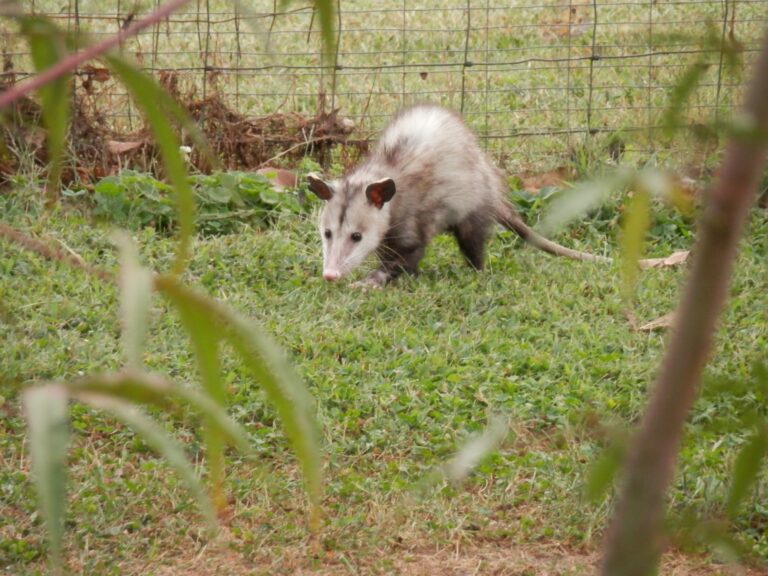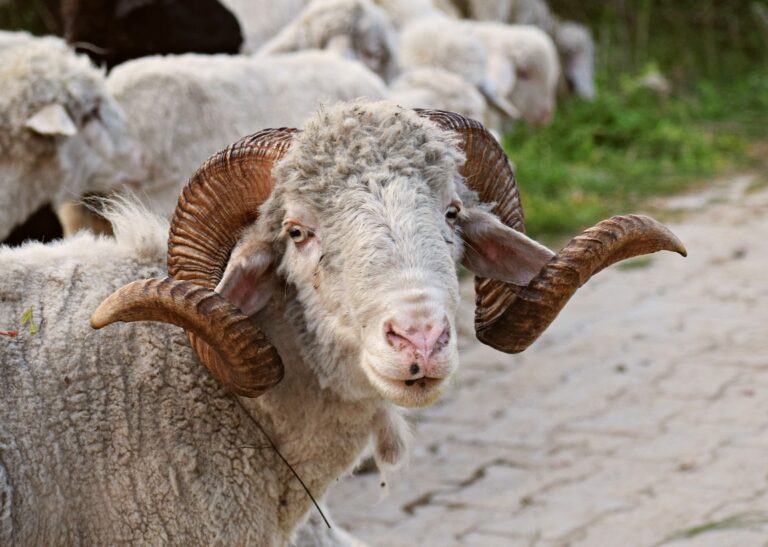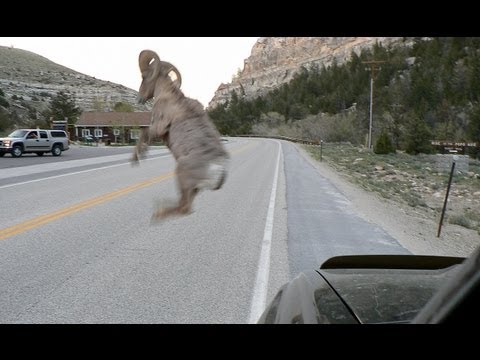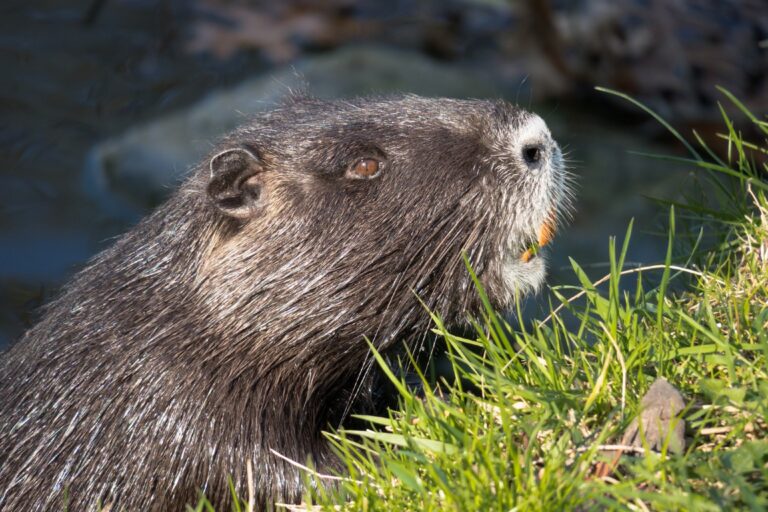For most folks who live anywhere in the United States, the blue jay is a common sight in your yard.
From the loud, screeching calls to their bully-like behavior at the bird feeder, these corvids are definitely unique and ubiquitous in their typical range.
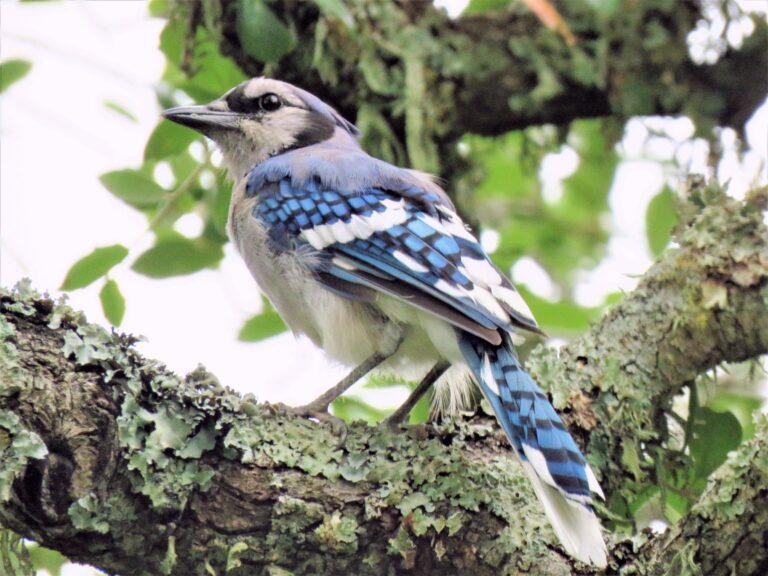
But these birds are also known to cause quite a commotion, and plenty of people report that blue jays have even attacked them before for seemingly no reason.
Could this be true? And more importantly, are blue jays dangerous?
No. Blue jays are not dangerous, although they’re known to attack people that get too close to their nests, or to food sources that they frequent. A peck from a blue jay will hurt, but will not cause any significant injury.
The worst thing a blue jay can do to you is give you a sharp peck on the head. And make no mistake, they’re a lot more likely to do that than many other bird species!
But aside from that, the only real risk they pose to you is to your mental health thanks to their loud, squealing calls.
Keep reading and I’ll tell you a lot more about blue jays and their sometimes aggressive behavior below…
Blue Jay Overview, Temperament and Habitat
Blue jays are among the largest, most common and most instantly recognizable songbirds in North America.
They also happen to be among the most intelligent, as befits any bird belonging to the family Corvidae. Blue jays count among their cousins crows and ravens, and like those birds Blue jays are extremely crafty.
But with that intellect also comes a tendency to bully, or if you wanted to be kind, you might say that blue jays are very assertive.
Blue jays are known to remember many different locations of food which they will service day in and day out, and much of the time they will work hard to keep other birds, and even other animals like squirrels, away from their food!
It isn’t out of the question that blue jays will even try to run you away from their food sources!
Aside from being food aggressive blue jays are also known to vigorously defend their nesting areas, whether or not they are nested in a tree.
Blue jays are notorious for dive-bombing people and other animals that get too close to their nest site.
The beak of a blue jay is strong and optimized for breaking into all sorts of tougher foods, so they can give you a pretty mean peck, certainly enough to break your skin.
Blue jays are also known as nest raiders; taking eggs, chicks and even whole parts of a nest away from other birds, and that means they typically don’t get along with most other species.
Although the diet of a blue jay rarely contains more than the occasional egg or chick, it is still sufficient enough to make them significant nest predators of other songbirds.
The aggressiveness and intelligence of the blue jay, combined with its tendency to dominate food sources and run off other birds has led to them being classified as pests by some folks.
Do Blue Jays Protect Their Territory?
Yes! Blue jays are among the most territorial songbirds, and are infamous for defending their preferred food sources, nesting areas, or even their preferred roosting trees from other birds and even much larger animals, people included.
Listen for the shrill, whining warning call of a blue jay that is nearby and you’ll know it is getting irritated and preparing to do something about it.
Do Blue Jays Act Aggressively Toward Each Other?
Sometimes. Blue jays tend to get along with others of their own kind, as is easily evidenced by the crest on their head.
Any blue jay that is calm and comfortable will have its crest lying down, almost indistinguishable from the rest of the feathers on its head and neck.
But blue jays that are alerted or aggravated will have a crest standing up proud, and the greater the agitation the more frazzled the crest will look.
If you ever see two blue jays fighting, it’s probably males getting into it over access to females during the mating season or due to crowding considerations when it comes to nesting.
Otherwise it is common to see blue jays eating or congregating in small groups peaceably.
Do Blue Jays Threaten People?
Blue jays will threaten people, yes, but people have little to fear from blue jays in general.
Many blue jays will readily start to swoop and peck at humans that get too close to their nesting site, or ones that linger too long near their preferred food source.
Blue jays will even strike at people persistently in an effort to drive them off!
However, people really don’t have much to worry about from blue jays because the chances of any kind of significant injury are very low.
Have There Been Recorded Blue Jay Attacks on People?
Yes, plenty, and all the time. There are mountains of anecdotal stories about blue jays attacking people in their own yards or as they walk down the sidewalk.
Blue jays have a definite and distinct idea of what constitutes “their territory” and they generally won’t put up with people being in it.
Also, every once in a blue moon, pardon the pun, you’ll hear a news story about a particularly aggressive blue jay that turns into a veritable local terror, attacking people and pets indiscriminately. Many times, these birds have to be relocated…
What Will Trigger a Blue Jay Attack on a Person?
The #1 thing you can do to prompt a blue jay to attack you is to come too close to its nesting site.
Blue jays rarely hesitate to alert and then attack any interloper coming near their nest, be it another bird, a mammal or even a person.
Note that even if their nest is high up in a tree, just coming too close to the tree itself might be enough to trigger an attack, and the chances of an attack go up proportionally with your proximity to the nest.
This can be especially likely if the blue jays been forced to nest closer to the ground.
With a lack of taller trees, blue jays will quickly and easily nest in larger mailboxes, bushes, and any other locations of opportunity. This means you might wind up a whole lot closer to a blue jays nest than anticipated.
Other than nesting site concerns, blue jays will sometimes get very possessive over their chosen feeding location.
Well-stocked bird feeders and any other areas where people scatter seeds or other food will become frequent hangouts for blue jays.
Just How Strong is a Blue Jay?
Blue jays are not strong, not compared to humans at any rate!
These birds are intelligent problem-solvers, and ones with particularly stout beaks that are suitable for cracking open nuts, but their strength will count for nothing next to yours.
Can Blue Jays Bite?
No, not really. It’s unlikely that a blue jay can open its beak wide enough to properly bite you, and even if they do you aren’t really worried about the bite, per se.
A blue jay’s best form of defense using its beak is to actually peck you, a task they are well suited for since their beak is so strong and sharp.
What Does a Blue Jay Attack Look Like?
A blue jay attack will start out with a shrill, screaming alarm call, followed by repeated close dives past you.
If you are lucky, that is all they will do, but after a dive or two, they tend to start pecking at your head while flogging you with their wings and screaming the entire time.
This, naturally, is very stressful and can be painful. A sharp crack from a blue jay’s beak is likely to pierce the skin and give you a small wound, although serious injuries are almost unheard of.
How Do You Respond to a Blue Jay Attack?
The best thing you can do if attacked by a blue jay is just to get away from it, or rather get away from wherever you suspect its nest actually is.
As soon as you put enough distance between you and the bird’s territory, it should leave you alone.
There’s not much more you can do except to protect your head; getting pecked in the eye will definitely ruin your day and might be medically significant.
However, if for whatever reason the blue jay won’t leave you alone or is terrorizing a child or something you can easily dispatch the bird with one solid blow; they are as tiny, frail and fragile as any other songbird.
Will a Blue Jay Eat a Person?!
No. Blue jays are omnivorous, but they aren’t going to eat people. Aside from the occasional bird egg, chick and every now and then another tiny mammal or other animal, blue jays really aren’t capable of eating any meat taken from larger creatures. We are just too big.
Can People Catch Diseases from Blue Jays?
Generally not. Even when handling a blue jay for whatever reason, the only thing you need to worry about are common bird parasites like fleas, ticks, mites, and the like.
The post Blue Jays: Are They Dangerous? appeared first on Modern Survival Online.
via Modern Survival Online https://ift.tt/yaKRzDO


